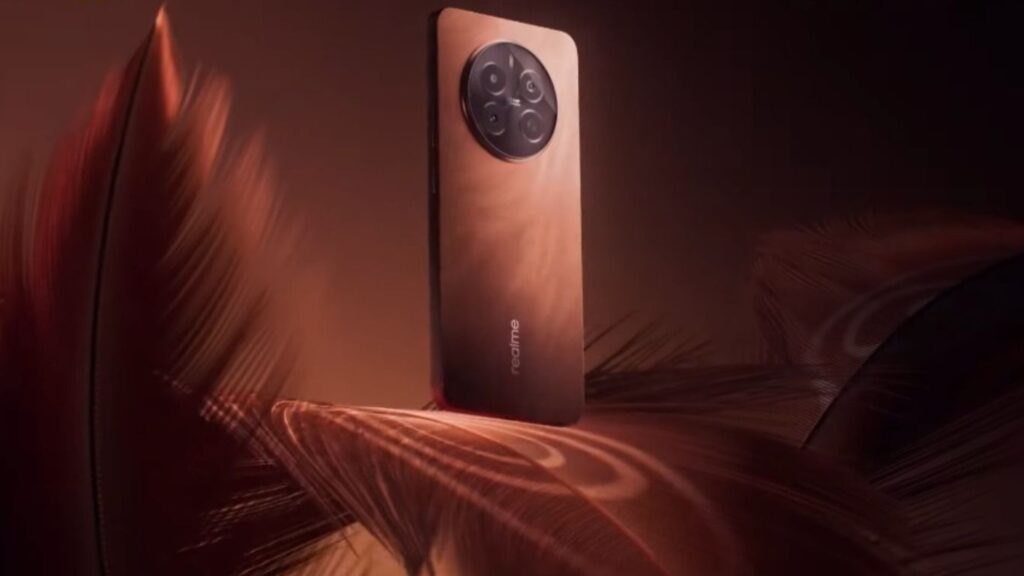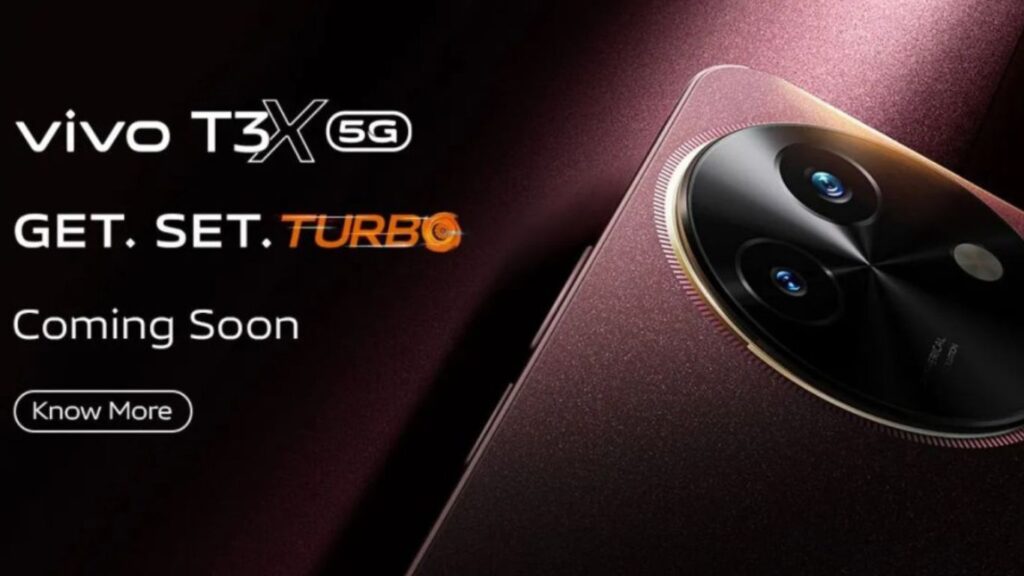
Price of Xiaomi SU7:
The model showcased today, the SU7 Max, comes equipped with an 800-volt dual motor and a large battery. We anticipate it to be priced around $42,000. The base model, featuring a 400-volt smaller LFP battery, is expected to retail for approximately $30,000. By now, the official prices should be released, confirming or refuting our estimations.
Table of Contents
Full Review of Xiaomi SU7
Interior:
The interior of the Xiaomi SU7 boasts a touch of performance car theatrics, evident when activating the starter button and observing the dashboard’s graceful rotation. The steering wheel exudes a Porsche-like aura in its appearance, feel, and grip.
However, while the resemblance to a luxury brand may seem favorable due to the SU7’s affordability, it raises concerns that will be addressed later. Seating position is comfortably low, complemented by slender A-pillars that enhance forward visibility. With its sleek design, the SU7 offers a commanding view of the road, accentuated by wheel arches that proudly mark the positions of the front wheels. This impressive forward visibility, reminiscent of a mid-engine sports car, is unexpected yet appreciated in a fully electric vehicle.
Customization:
In the realm of electric vehicles in 2024, the Xiaomi SU7 stands out for its extensive customization options. Beyond the standard array of physical controls, there’s a magnetic attachment addon available. While optional, it’s a thoughtful inclusion by Xiaomi, giving users the flexibility to tailor their driving experience. A standout feature of the Xiaomi SU7 is its adaptability, with multiple mounting points for accessories. Xiaomi is paving the way for a thriving ecosystem by opening up standards for third-party development. From quarter-inch mounts on the driver and passenger sides to mounting points for GoPros on the mirrors, the SU7 offers endless possibilities for personalization. As quoted by the manufacturer’s representative, the ecosystem surrounding the SU7 is far from reaching its peak, promising even more innovations on the horizon.
ALSO READ: Motorola Edge 50 Pro 5G Set to Debut with Triple Camera Setup of 50MP+13MP+10MP on April 3rd!
Revolutionary Phone Integration in the Xiaomi SU7:
While the infotainment system of the Xiaomi SU7 operates seamlessly, it’s the phone integration that truly sets it apart. Gone are the days of mere CarPlay; instead, the SU7 offers an unparalleled experience by mirroring the entire phone screen onto its display. With full functionality at 60 frames per second, it’s a sight to behold. But here’s where it gets even better: you have the option to pin any app directly onto the infotainment interface, seamlessly integrating it into the system. This level of integration elevates the driving experience to new heights, making the SU7 a pioneer in phone integration technology. With Xiaomi’s innovative approach, the future of phone integration in cars has never looked brighter.
Enhanced Cabin Entertainment in the Xiaomi SU7:
The Xiaomi SU7 redefines cabin entertainment with its innovative rear entertainment system, featuring iPad or Android tablet mounts. These mounts not only provide power but are seamlessly connected to the infotainment system, offering control over seating, music, air conditioning, and more. Users can even access navigation tips and pin them directly to the infotainment screen. While such features may be expected from Xiaomi, what’s truly exceptional is the compatibility with Apple devices. Despite being a Xiaomi event, the demonstration showcases an iPad, highlighting the SU7’s versatility. With the ability to achieve all functionalities through downloadable apps from the App Store, the seamless integration of Apple’s ecosystem with Xiaomi’s is a testament to the SU7’s forward-thinking design.
ALSO READ: OnePlus Nord CE 4 5G Launching on April 1 with Massive 5500mAh Battery
Rear Cabin Comfort:
Upon setting the front seats to my 5’1″ driving position, I found ample space to tuck my feet under them. However, the comfort level falls short of executive standards. While there’s sufficient legroom and headroom, the seating position feels slightly low. It’s evident from the exterior design that this car prioritizes the front cabin and driving experience.
Frunk and Boot Space of Xiaomi SU7:
The frunk provides a capacity of liter plus, albeit with a somewhat unconventional shape. Nevertheless, it accommodates international carry-on sized luggage. It offers a 100-liter frunk and a 500-liter-plus boot, adhering to standard practice.
Driving Dynamics:
Starting with the driving experience, let’s address the throttle pedal. It bears a striking resemblance to that of a Model 3 – weighty, reassuring, signaling ample performance. Surprisingly, it’s easy to modulate even in low-speed traffic. While this may sound contradictory, especially for those unfamiliar with the Model 3, the Xiaomi throttle pedal rivals the best in the electric vehicle realm, akin to that of the Model 3. Moving on to steering, in comfort mode at low speeds, it’s feather-light, requiring just a fingertip to maneuver. A U-turn can be effortlessly executed with a single finger. However, as speed increases, the disparities in steering between different modes become less apparent. Presently, the beta track mode boasts 10 stages of traction control and multiple levels of stability programs, although it remains biased towards stability. Hopefully, future updates will unlock its full dynamic capabilities. While cruising at 120 kph, wind noise is impressively minimal, especially considering the single-layer glass. As for tire noise, opinions are divided, with some noticing it, while others find it acceptable. Additionally, we’re currently navigating the highway, experiencing the vehicle’s performance firsthand.
ALSO READ: Discover Samsung Galaxy Fit 3: Monitors your health 24/7
Advanced Driver Assistance Systems (ADAS) of Xiaomi SU7:
The cruise control in this car is quite advanced; it can seamlessly switch lanes and execute overtakes. Equipped with all-around camera vision and two Nvidia O-ring chips, it promises nationwide assisted driving coverage by year’s end. However, this may only entail a point-to-point mode. Presently, its highway cruise control functionality is usable but doesn’t quite match the industry-leading standards. This leaves an impression that there’s room for improvement.
A Remarkable Effort:
When a phone company ventures into car manufacturing, one expects some initial hiccups. However, I found none. The interior feels solid, and Xiaomi has excelled in terms of connectivity and ecosystem integration. Surprisingly, it drives as sportily as a Tesla Model 3 but with a higher level of refinement. This achievement is all the more remarkable considering the prevailing trend of scaling back on EVs worldwide. Xiaomi has managed to deliver a product that stands out, despite initial skepticism.
Conclusion:
One significant concern is the lack of originality in design, particularly evident in its resemblance to Porsche models. While some might overlook this due to the competitive pricing, I believe it’s essential for the Xiaomi car to establish its unique identity. It’s not merely a budget alternative or a Porsche imitation; it’s the pioneering effort of a phone company entering the automotive market. With its leading connectivity and ecosystem integration, it should carve its own path rather than imitating established brands. Let’s hope Xiaomi can refine its design in the next iteration and truly establish its identity.





